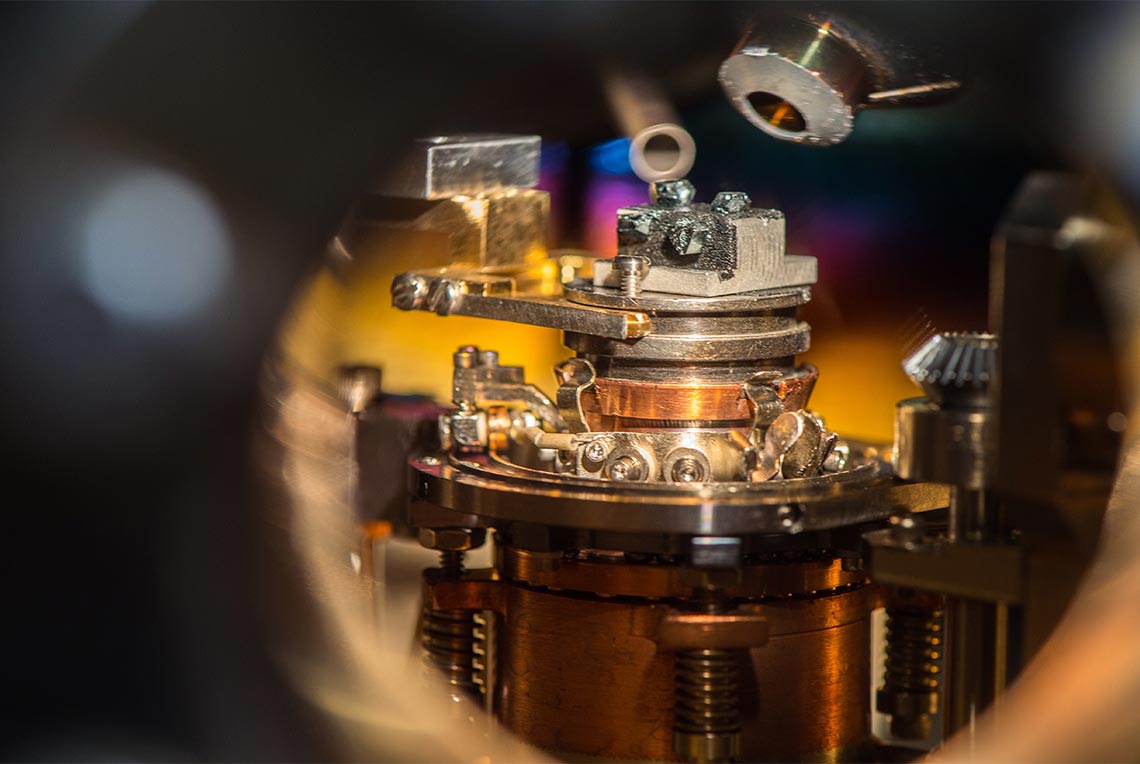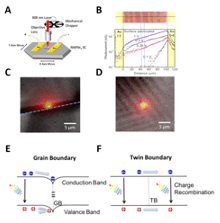Charge Carrier Transport through Ferroelastic Twin Boundaries in Halide Perovskite
May 5, 2020
The twin boundaries formation does not decrease the device efficiency but can make perovskite electronic devices more flexible.
Scientific Achievement
We revealed the electronic benign nature of the ferroelastic twin boundaries (TBs) with multiple analytical methods. The TBs neither affect the carrier transport nor behave as nonradiation recombination centers. The electronic benign nature of the TBs should be related to their unique defect structure, which does not involve the generation of additional point defects or accumulation of dislocations.
Significance and Impact
Ferroelastic twin boundaries, a special type of two-dimensional defect, have been revealed to exist in perovskites such as MAPbI3. However, little attention has been paid to the impact of TBs on the operation of perovskite devices compared with grain boundaries. Our findings reveal that TBs would not decrease device performance but make perovskite more flexible. It also highlights the enhanced strain tolerance in perovskite with TBs.
Research Details
Scanning photocurrent mapping, and photoluminescence imaging, and photoluminescence intensity and lifetime mapping measurement were conducted.










